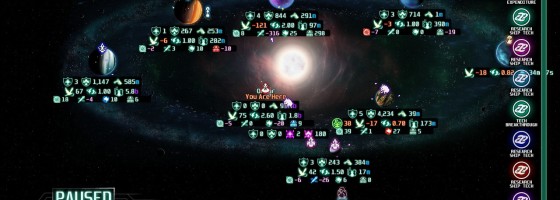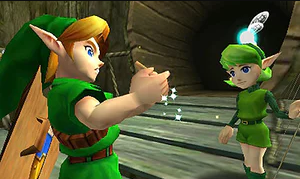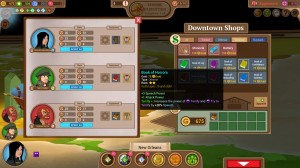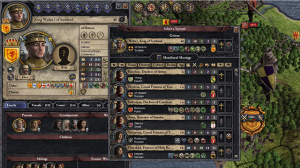In the past we’ve talked about all manner of tutorial design and philosophy on Game-Wisdom. Such as: The elements of a good video game tutorial, how to structure it and so on. For today, we’re going to set all that aside and talk about one simple fact that many indie developers still haven’t grasped: Every game needs a tutorial.
Hey, Listen:
Tutorials are often mocked by people, especially the bad ones. For some, a tutorial is seen as forcing the player into doing something boring or hand-holding before getting to the good stuff. As we’ve talked about before, there is a lot that goes into good tutorial design. There is a very wide line between a tutorial that gives no useful information and one that overloads the player.
We could talk about that again, and we probably will, but that’s not the point today. Regardless of the genre or design, your game needs a tutorial for several reasons.
1: Getting the Player Prepared
I’ve said it before, every video game is someone’s first. You cannot expect everyone who is playing your game to be a master at the genre. I know that people aren’t fans of forced tutorial sections at the start, but that is more on the subject of tutorial design.
You need to take the time to make sure that everyone playing your game is on the same page in terms of basic knowledge. As we’ve talked about, you can do this with everything from a structured tutorial to an organic one.
The point is that the tutorial will be someone’s first impression on your game, and can be the deciding factor as to whether they stick around to play.
2: Coming Back to the Game
And continuing from that point, from time to time gamers will return to an older game for whatever reason. Maybe they want to continue where they left off, or they just want to start fresh. Having a tutorial available allows them a chance to get reacquainted with the rules of the game.
One annoying detail is when a game has a tutorial or beginning section, but only lets you view it once. This shouldn’t have to be said, but don’t permanently take away tutorial access for a player, as you never know when they want to come back to it.
3: The Unique Factors
This is the big point. With so many video games being released daily, it stands to reason that someone will be able to draw from one game to learn another. This is why skill-based games usually don’t need extensive tutorials. Once you’ve played one Dark Souls game, you can apply that to other games in the series; the same with platformers and FPS.
However, it is incredibly important to have lessons on the unique elements of your game; design that isn’t readily being developed. The reason should be obvious, if there are no references from other games to draw from, how is someone going to learn your game?
I see this more times than I really should from indie developers. I’ll find a game with a unique concept that hasn’t been seen before, try it out, and realize that there’s no tutorial or guidance on how to play.
The point about common elements is that they allow the player to build up a knowledge base on how things work, and can apply that to learn.
When the player has no knowledge base on a system or design, it becomes infinitely harder (if not impossible) for them to learn the game on their own. I’ve played many games where instead of understanding what’s going on, I’m just pushing buttons and watching things happen.
If the player cannot connect action: reaction, then they will never be able to learn your game.
4: No Outside Guidance
Our final point is one that I’ve been harping on for years. It is bad design to expect people to have to leave your game in order to learn it. I have seen this in forms such as the tutorial is nothing but YouTube videos, the game tells you to watch a let’s play, or you have to go back and forth from reading the tutorial in the manual and doing it in-game.
You as the game designer should be in the best position to be able to explain your game to someone. It is poor form to expect your fans to create a guide or tutorial for your game and leave it at that. This is typically why developers wait until the game is feature complete before designing the tutorial, so that they know everything it takes to play the game and build the tutorial from that.
Big or Small:
As I said at the start, tutorials are not set in stone in terms of design. We could easily segue-way this into discussing the kinds of tutorial design, but that would be off topic for today.
What you need to understand is this: No matter what, it is required to have a tutorial in your game. With so many games being released daily, someone is not going to spend time fumbling around in your game when there are dozens more to play.
A tutorial can mean the difference of keeping people away or creating a new fan for the genre or your company. There are many ways to fail at making video games, and not educating people on how your game works is one of the easiest swords to fall on.





